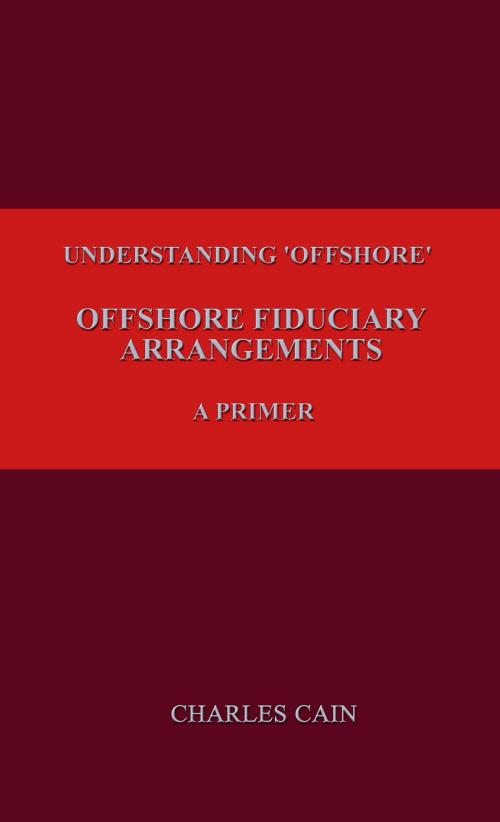Understanding 'Offshore' - Offshore Fiduciary Structures – A Primer
Business & Finance, Finance & Investing, Corporate Finance, Accounting, Taxation| Author: | Charles Cain | ISBN: | 1230000285233 |
| Publisher: | Wibble Publishing | Publication: | January 1, 2014 |
| Imprint: | Language: | English |
| Author: | Charles Cain |
| ISBN: | 1230000285233 |
| Publisher: | Wibble Publishing |
| Publication: | January 1, 2014 |
| Imprint: | |
| Language: | English |
Understanding 'Offshore' - Offshore Fiduciary Structures – A Primer In any field of knowledge there are two types of books. There are technical books which are written for the professionals in the field. They are written in technical language which is unintelligible to a layman. Every statement of fact is supported by a note at the foot of the page giving the provenance of the statement and references to other publications. It may also contain some mathematics in the form of differential calculus. In any event, to the uninformed person it looks like gobbledygook.
The second type of book is what could be called the ‘vernacular’ book. This type of book is written for the uninformed layman. It is written in a simple uncomplicated style, and is successful if, having read it , the reader becomes aware that the subject is more complex than he first thought, and is keen to progress further in expanding his knowledge of the subject.
This book is a vernacular book. That is why it s described as a ‘primer’... In recent months a number of politicians, bureaucrats and journalists have distinguished themselves by their uninformed and potentially damaging comments and writings on the subject of tax planning. There are some serious consequences resulting from failure to understand how taxation impacts on the economy of a country. That does not mean that there is not a need for reform in the field of taxation, far from it. The need for reform is more urgent than ever.
The first three chapters set the scene. What constitutes a tax haven? Where, if anywhere, is offshore? What about the morality of taxation? What is a tax anyway, and what are the economic effects of taxation?
The next seven chapters look at the legal vehicles used in fiduciary structures. Two chapters are devoted to trusts, which are widely misunderstood, even amongst lawyers. Chapters follow on Companies, Mutual Companies, Foundations, LLCs and Partnerships.
Finally the last chapters look at Contracts and Time, Charities, Control., Asset Protection, and Combining Entities in Structures.
Understanding 'Offshore' - Offshore Fiduciary Structures – A Primer In any field of knowledge there are two types of books. There are technical books which are written for the professionals in the field. They are written in technical language which is unintelligible to a layman. Every statement of fact is supported by a note at the foot of the page giving the provenance of the statement and references to other publications. It may also contain some mathematics in the form of differential calculus. In any event, to the uninformed person it looks like gobbledygook.
The second type of book is what could be called the ‘vernacular’ book. This type of book is written for the uninformed layman. It is written in a simple uncomplicated style, and is successful if, having read it , the reader becomes aware that the subject is more complex than he first thought, and is keen to progress further in expanding his knowledge of the subject.
This book is a vernacular book. That is why it s described as a ‘primer’... In recent months a number of politicians, bureaucrats and journalists have distinguished themselves by their uninformed and potentially damaging comments and writings on the subject of tax planning. There are some serious consequences resulting from failure to understand how taxation impacts on the economy of a country. That does not mean that there is not a need for reform in the field of taxation, far from it. The need for reform is more urgent than ever.
The first three chapters set the scene. What constitutes a tax haven? Where, if anywhere, is offshore? What about the morality of taxation? What is a tax anyway, and what are the economic effects of taxation?
The next seven chapters look at the legal vehicles used in fiduciary structures. Two chapters are devoted to trusts, which are widely misunderstood, even amongst lawyers. Chapters follow on Companies, Mutual Companies, Foundations, LLCs and Partnerships.
Finally the last chapters look at Contracts and Time, Charities, Control., Asset Protection, and Combining Entities in Structures.















